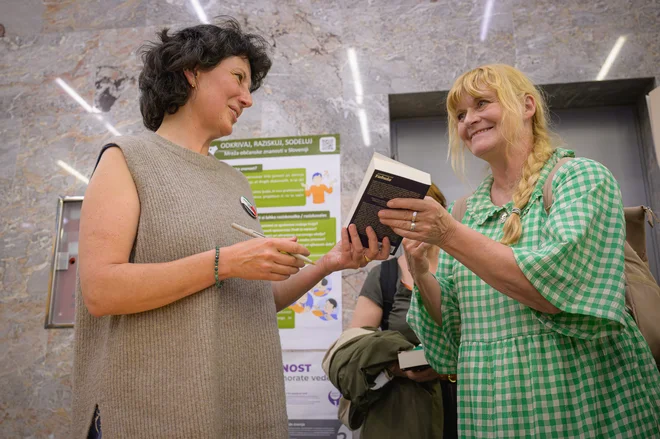Easter traffic jam since 1987

Traffic
Bella traffic jam! The Easter sheet avalanches on the Gotthard have been so long since 1987
The traffic jam in front of the Gotthard belongs to Easter like hooking eggs. The tin avalanche in the Uri country has been a sad tradition since 1987-only the Corona pandemic ensured unexpected relief for two years.
The same picture year after year: If you want to go south over Easter, you have to be patient.
Cutting lines on Good Friday
This year the first wave of travel towards the south took place as in the previous year on weekends before Easter: 14 kilometers was the tinplawine last Saturday. The reason for this was the beginning of the spring holidays in some cantons and in nine German federal states. The tendency, which has lasted for three years, with dusk’s peak times distributed over two weekends, now seems to have been established.
During the week before Easter, an increased volume of traffic towards the south is expected for the first time on Wednesday. On Maundy Thursday, traffic jams can be expected early in the morning, the TCS with. The climax of the sheet metal avalanche can then be expected between 4 and 8 p.m., although the traffic jam in front of the north portal in Göschenen will probably never dissolve.
Traffic jam on the Gotthard north portal over Easter (2017 to 2024):

As in the previous year, the largest travel wave is expected on Good Friday. Top values are particularly expected between 8 a.m. and 6 p.m., only then can relaxation be expected. Those who travel to Italy must also expect waiting times at the Chiasso border crossing.
Traffic jam on the Gotthard-Südportal over Easter (2017 to 2024):

Only while Corona no traffic jam
Already in the past, Maundy Thursday and Good Friday were by far the most steady days on the Gotthard, as our current storage teacher shows. In the Swiss media database SMD We have selected all the rain length on the Gotthard from newspaper articles and press reports since 1987. This was no longer possible due to a lack of information.
Single -out as a needle
The data show that as early as the 1980s, when the average traffic volume was even deeper than today, the tinplaws began to turn up at the beginning of Easter. The reason can be found quickly: the tunnel that is only driven single -lane can only swallow a certain number of vehicle – around 1000 cars and 150 trucks per hour. As early as 1987, this maximum was almost exhausted on Good Friday with 27,134 vehicles.
However, the compulsory length not only depends on the number of vehicles, but also on other factors. The weather plays a big role. Unexpected winter breakdowns in front of the north portal can quickly pull the traffic jam, bad weather forecasts in the south – as this year – can do exactly the opposite. Accidents in the tunnel or before that also have a big influence, just like the Easter date itself. The later the holidays are a year, the greater the chance of good weather in the south, which in turn affects the traffic.
However, the view of the statistics shows one thing above all: in the past 37 years, only pandemic could stop the Easter jam. Otherwise, he was always there – sometimes a little longer, sometimes a little shorter.







